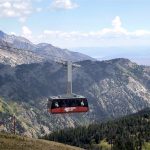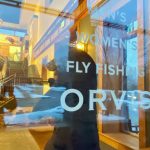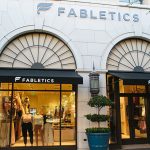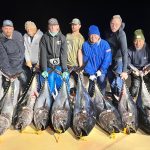In a move designed to increase its clout in Washington, Outdoor Industry Association has launched its first political action committee. The PAC will allow the industry to move from giving away plaques and hosting honorary banquets to contributing cold hard cash to the campaign funds of industry-friendly national political candidates.
While there is nothing to prevent industry members from contributing to presidential or U.S. Congressional campaigns or other PACS now, the new PAC will allow OIA members to essentially outsource their campaign finance activities to an organization they know and trust, said OIA Chairman Mike Wallenfels. “I would dare say that nobody in this industry has a PAC at their own company,” said Wallenfels. “So this will enable individuals at those companies to contribute toward that process with an industry association they have a great deal of trust in.”
Trade association PACs can only accept contributions from employees of member companies, which must approve which employees can participate in the PAC. Companies can form their own PACs, but may only participate in one trade association PAC at a time.
Wallenfels conceded that the process of deciding what candidates to back will require being sensitive to OIA members sometimes conflicting interests.
“There are some things we will stand for, and some things we wont stand for,” he said.
The 2008 OIA Policy Agenda currently has two major planks. The first revolves around obtaining funding to operate programs that promote or oversee recreational use of public lands, including those operated by the Bureau of Land Management, the U.S. Forest Service, the National Parks Service, and state and local governments. The second focus is trade policy, which emerged as a major concern of OIA members in 2006, when makers of ski pants and jackets suddenly found their products stranded at the docks because of quota restrictions. This year, the OIA is lobbying Congress to reduce tariffs on outdoor footwear, apparel and equipment, which it argues are inappropriately classified because of antiquated customs regulations.
While starting a PAC does not require a lot of money, making sure it complies with government regulations requires steady administrative support that only the largest corporations can afford.
The OIA PAC will have to file quarterly reports with the FEC that identify how much money it raised. Those reports will name contributors and their employers and show where donations went. Reports must also be filed 20 days before a federal general election. The OIA plans to disclose these reports and other information on a new Web page to make its PAC activities as transparent as possible, said Amy Roberts, director of government affairs for OIA.
The OIA will appoint a board to direct the PACs activities. While organizers said it is too early to say what role, if any, the PAC will play in the upcoming presidential election, they said its not too early to start raising money. The PAC will hold its first fundraising event April 16. Thats the second day of the OIAs annual Capital Summit, when industry leaders gather in Washington D.C. for three days of lobbying.
>>> First a new D.C. office, a lead lobbyist, and now raising money to push the agenda
No wallflower is this trade association…













